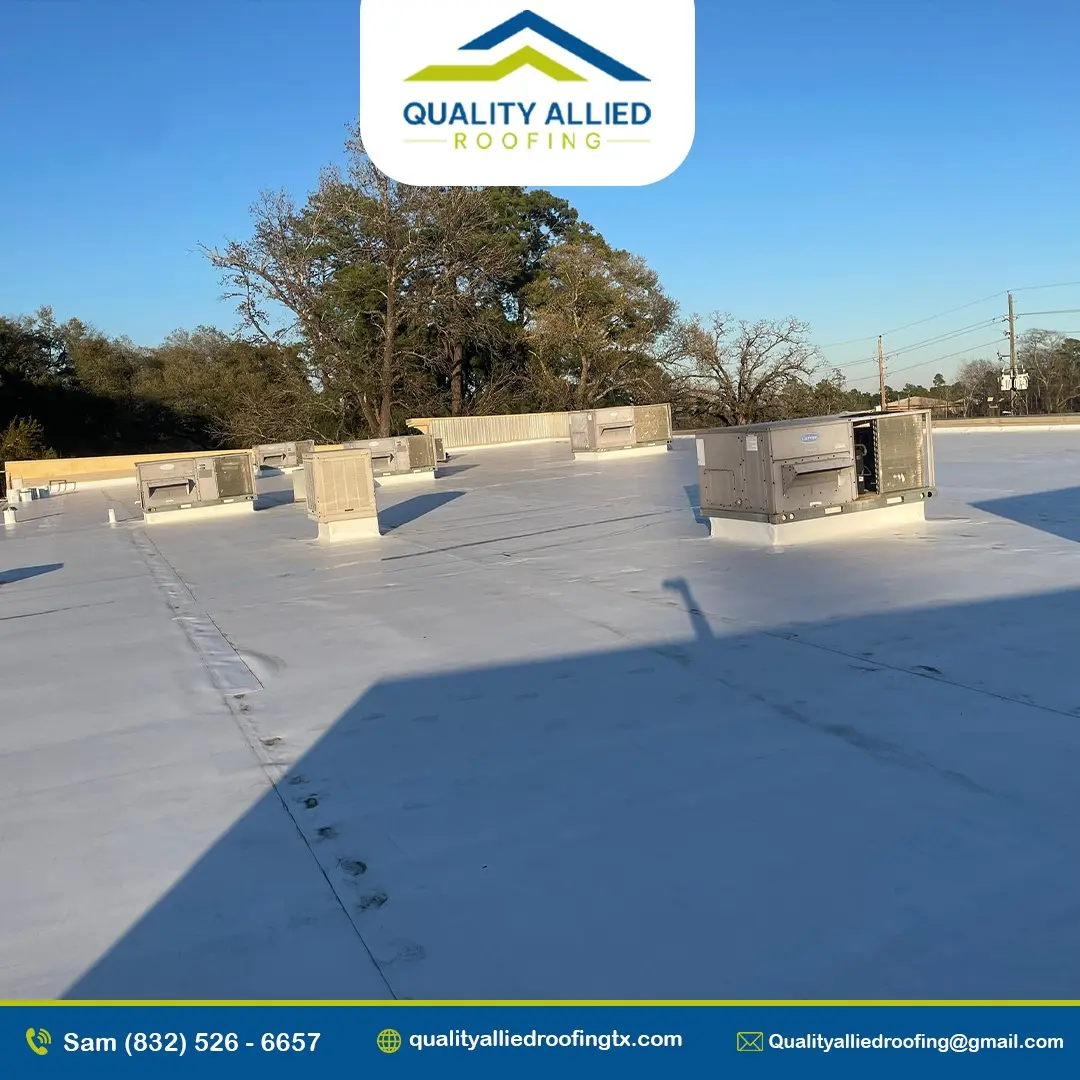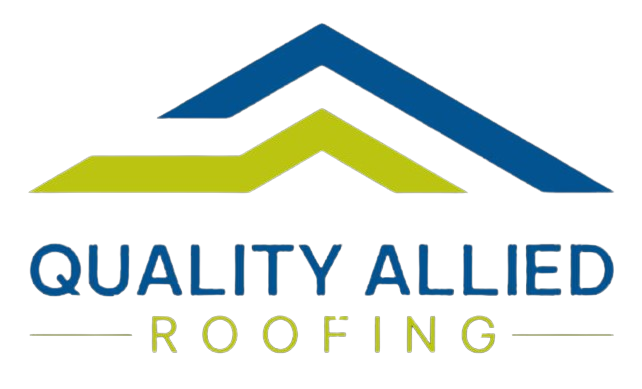TPO Roofing Cypress: Durable, Efficient, and Cost-Effective
TPO roofing systems are valued for their sturdiness, insulation and reasonable cost, which makes it possible to cover the roof of modern buildings. At Quality Allied Roofing & Remodeling, you will obtain professional TPO roof solutions aimed at addressing the demands of residential and commercial buildings. Whether you’re a building owner, architect, or contractor, understanding Thermoplastic Polyolefin roofing can help you make informed decisions about your roofing needs.
What is TPO Roofing?
- Energy Efficiency: Thermoplastic Polyolefin is light colored and therefore minimizes the amount of heat it absorbs and consequently the amount of money that will be required to cool it. Due to it being able to save on the amount of energy it uses, this material will be a recommendable one for use on any structure.
- Durability: When it comes to tear resistance, Thermoplastic Polyolefin roofs are extremely strong and are not easily damaged by punctures or impacts. They are also made to be weather-resistant, which means that your property stands to greatly benefit in instances of weather-related calamities.
- Cost-Effective: Thermoplastic Polyolefin roofing is one such product that is reasonably priced but should not be confused with cheap or inferior products. The lighting system is long-lasting, and does not require as much servicing and repairs as some other systems, therefore it is cost effective in the long run.
- Ease of Installation: This has made Thermoplastic Polyolefin roofing systems to be flexible and lightweight, and this makes the roofing systems to be easy to install. This is advantageous since it removes a number of people from the installation process, hence lowering labor costs, and time needed for the installation process.

Types of Thermoplastic Polyolefin Roof
- Reinforced TPO: This type of TPO membrane consists of a fabric or a scrim layer embedded between two protective layers of Thermoplastic Polyolefin. People make it thinner, tougher and more rigid compared to the original to enhance its resistance to tearing and puncturing. Reinforced Thermoplastic Polyolefin membranes are usually used in Standing seam/ Mechanical attachment roofing systems and Fully adhered roofing systems.
- Non-reinforced TPO: Non-reinforced TPO roofing membranes do not have the extending fabric layer well-known as a reinforcing scrim. They have assumed much TPO material thickness and the-components derived from material thickness as the only TPO layer determination for structural support and long-lasting quality. Non-reinforced TPO membranes are used in the fully adhered roofing systems whereby the membrane affixes directly to the roof structure by use of adhesives.
Installing TPO roofing
1. Preparation
: It is important first to prepare the roof surface by washing off all loose items and debris from the roof. Afterwards, one should carefully repair any compromised area and ensure that the surface is flat and slightly concave.
2. Membrane Installation:
Place the TPO membrane atop the roof surface with proper overlap as dictated by the manufacturing of this kind of material. Fix the membrane in a proper manner by using the adhesive, or screws or by a punctured fastening system.
3. Seam Welding:
Seal the TPO membrane with Welding Machinery such as hot air gun or go for automatic welding equipment. It also ensures that there is a total overlap of the membranes with undamaged edges thus creating a watertight seal between the sections of membrane.
4. Flashing Installation:
Flashing applied at roof joints or any other weak areas that could compromise the structural integrity of the roof during heavy downpours.
5. Detailing:
This should be done when considering corners, edges, and points of penetration to avoid instances where water gets in and compromises sealing and waterproofing.
6. Quality Check:
Inspect the entire installation for any defects or areas that may need attention. Address any issues promptly to ensure the integrity of the roof system.
7. Final Inspection:
Conduct a final inspection to ensure the TPO roofing system is installed correctly and meets quality standards.
Following these steps will help ensure a successful installation of a Thermoplastic Olefin roofing system by Quality Allied Roofing & Remodeling. Contact us now.

Quality Allied Roofing & Remodeling
- Skilled Craftsmanship: Established one that uses specialists who undertake excellent work and is cost effective.
- Premium Materials: They uti-lize premium materials that make the roof strong and durable to avoid the need for frequent repairs.
- Safety Standards: To safeguard the safety of the workers as well as to prevent any damages to your property, they have strict guidelines for safety measures.
- Timely Completion: They are famous for the ability of delivering the project as planned and with least of any interference to your schedule.
- Customer Service: Due to their professional approach, they provide the customers with necessary assistance on their project and guarantee the required quality afterward.
Explore Quality Allied Roofing & Remodeling’s TPO Roofing Services – offering durable, energy-efficient, and cost-effective Thermoplastic Olefin roofing solutions for residential and commercial properties. Contact us for a free consultation.
